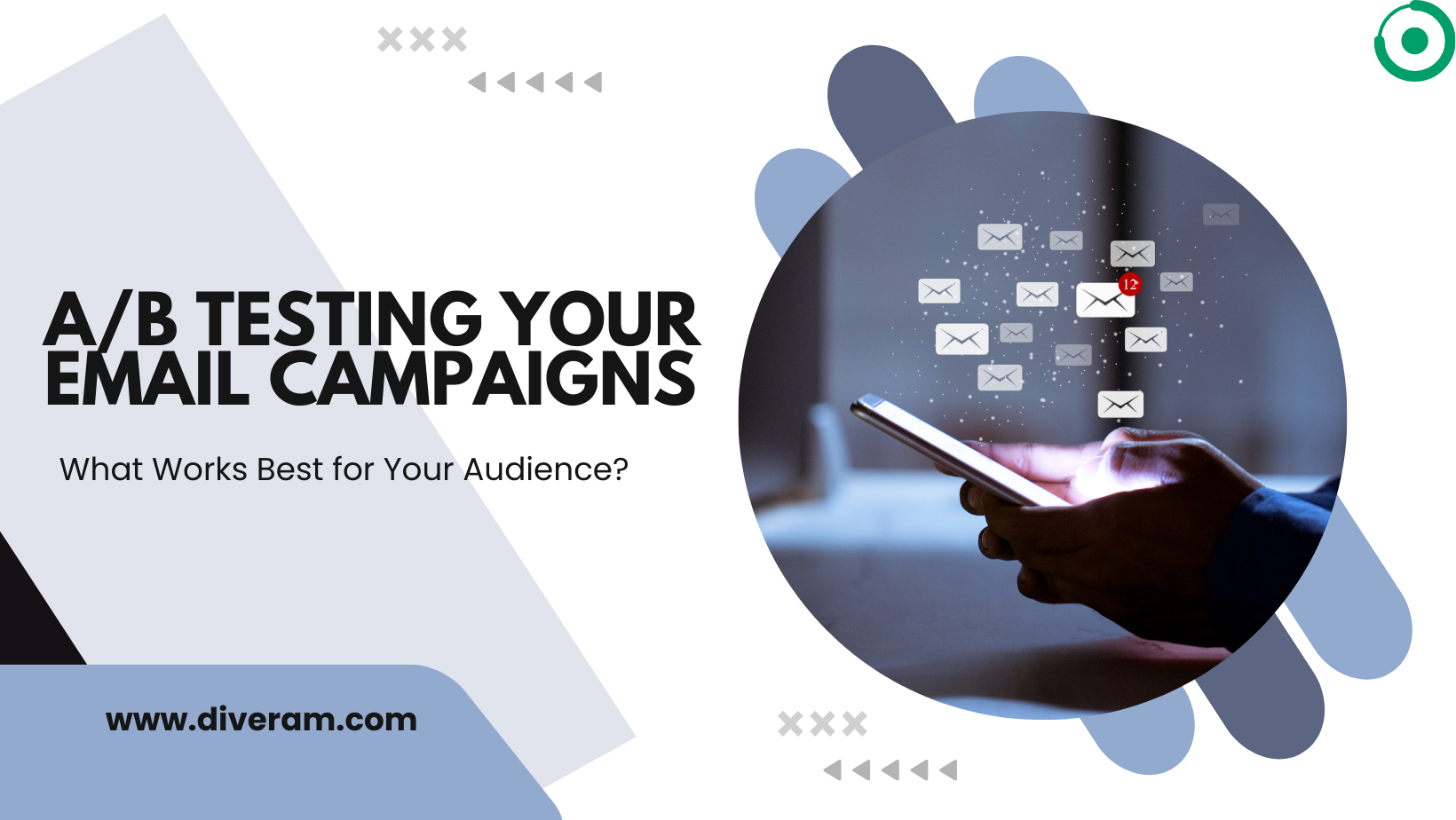A/B Testing: Boosting Campaign Success Effectively

Introduction
In the fast-paced world of digital marketing, standing out in your subscribers’ inboxes is a formidable challenge. Crafting the perfect email campaign that resonates with your audience requires data-driven decision-making. That’s where A/B testing comes into play. A/B testing is the practice of comparing two or more versions of an email to determine which one performs better. In this blog post, we will delve into the art of A/B testing in email marketing and explore how it can help you optimize your email campaigns for maximum impact.
Why A/B Testing Matters
Understanding A/B Testing
A/B testing, also known as split testing, involves sending different variations of an email to a select group of subscribers and analyzing their responses to determine which version is more effective. This process empowers you to make informed decisions based on concrete data, rather than relying on assumptions.
Benefits of A/B Testing
The advantages of A/B testing in email marketing are substantial. By implementing this practice, you can:
- Improve Open Rates: Determine which subject lines are more likely to entice recipients to open your emails.
- Boost Click-Through Rates: Discover what email content and design elements drive higher click-through rates.
- Enhance Customer Engagement: Create email campaigns that resonate with your subscribers, leading to increased satisfaction and loyalty.
- Maximize ROI: By refining your emails, you can make every email count and ensure a higher return on your investment.
Setting the Foundation for A/B Testing
Define Your Goals
Before diving into A/B testing, it’s crucial to define your objectives. Common goals for A/B testing in email marketing include:
- Increasing open rates
- Boosting click-through rates
- Reducing unsubscribe rates
Your specific goals will shape your A/B testing approach and the elements you choose to test.
Selecting Testable Variables
A/B testing can involve testing various elements of your emails, such as:
- Subject lines
- Sender name
- Email content
- Call-to-action (CTA) buttons
The impact of these variables on the success of your email campaign can vary, so it’s important to choose those most relevant to your goals.
The Testing Process
Step 1: Collect Data
Before conducting A/B tests, gather historical data and performance benchmarks. This baseline information will help you assess the effectiveness of your tests and measure any improvements accurately. Utilize data collection tools and software to streamline this process.
Step 2: Creating Variations
Develop two or more distinct email variations for testing. It’s essential to create test versions that are significantly different from one another, as subtle changes may not yield meaningful results. Focus on the variables you’ve selected for testing and implement best practices in email design and copywriting.
Step 3: Split Your Audience
Segment your email list into groups for testing purposes. Ensure that the selection process is randomized, and consider the appropriate sample size for reliable results. This step minimizes the impact of bias and ensures that your tests are representative of your entire audience.
Step 4: Conducting Tests
Once your audience is divided and the email variations are created, it’s time to send the emails. Monitor key metrics in real-time, such as open rates, click-through rates, and conversion rates, and record the results diligently.
Analyzing Test Results
Key Metrics to Evaluate
When analyzing the results of your A/B tests, pay close attention to key metrics, including:
- Open rates
- Click-through rates
- Conversion rates
- Revenue generated
Understanding the statistical significance of your results is crucial for drawing accurate conclusions.
Interpreting Test Outcomes
Based on the data collected, determine which email version was the winner. The winning version is the one that achieved your predetermined goals, whether it’s higher open rates or more click-throughs. Additionally, it’s essential to learn from tests that didn’t yield the desired outcomes and adjust your strategy accordingly.
Implementing Changes
A/B testing is a cyclical process. After analyzing your test results, you should make data-driven adjustments to your email campaigns. This includes refining your email content and strategy based on what you’ve learned from your tests. Over time, this iterative process will help you fine-tune your email marketing for better results.
Best Practices and Tips
Proven Strategies for Effective Testing:
Here are some actionable tips and best practices to ensure the success of your A/B testing endeavors:
- Consistent Testing: Regularly conduct A/B tests to keep your email campaigns fresh and relevant.
- Segmentation: Segment your audience effectively to tailor tests to specific subscriber groups.
- Test One Variable at a Time: To pinpoint what caused changes in your metrics, test one variable at a time.
- Test Beyond Email Content: Consider testing landing pages, CTA buttons on your website, and other related elements.
- Monitor Results Over Time: A/B testing is an ongoing process, so continue to analyze and adapt to changes in subscriber behavior.
Conclusion
In a world where personalization and relevance are key, testing is your secret weapon to crafting emails that truly resonate with your audience. As you harness the power of data and test your way to success, you’ll find your email marketing campaigns achieving higher engagement, better conversion rates, and ultimately, improved ROI. Start A/B testing today and watch your email campaigns soar to new heights.




